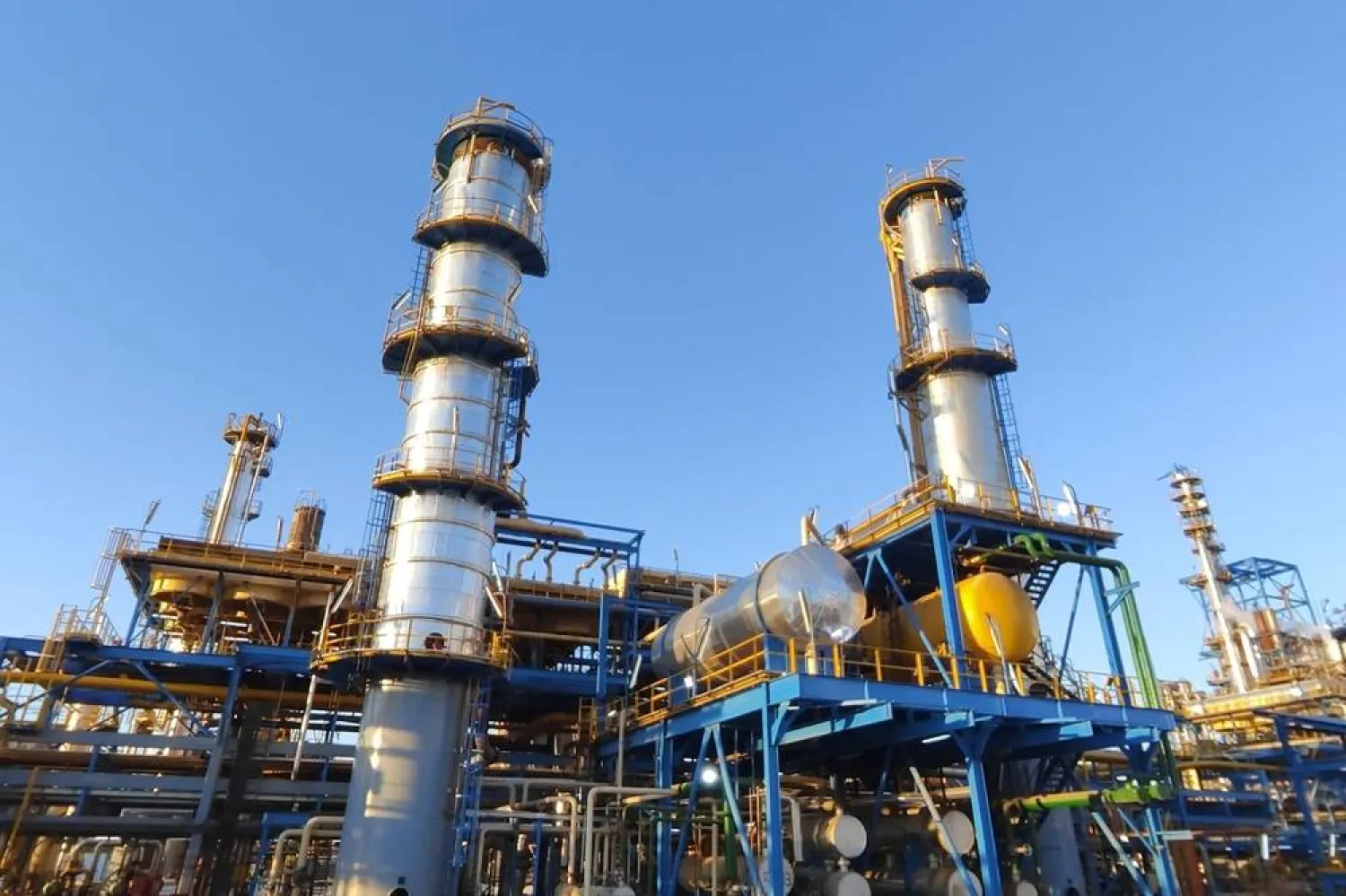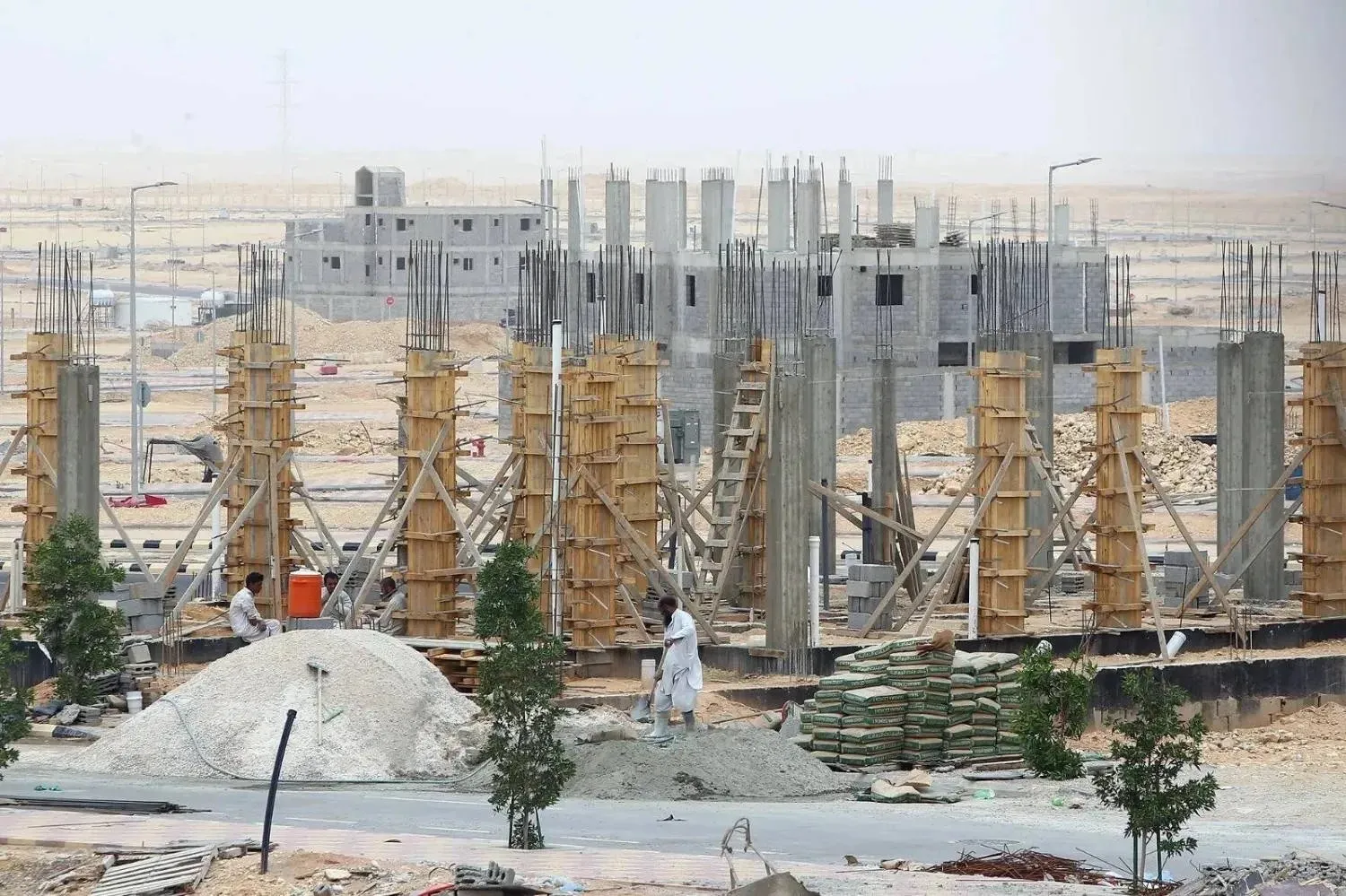Two clashing narratives have emerged over China’s heady manufacturing expansion led by electric vehicles, renewable energy and high-tech goods. One says it’s benefiting from comparative advantages, including a giant workforce and domestic market. Another says Beijing’s surging exports are a byproduct of distorting policies that threaten the rest of the world.
Regardless of which is right, Chinese President Xi Jinping and his leadership team have an opportunity next week to either double down on their claim China’s manufacturing prowess is a reflection of normal competition, or tilt toward accommodating economic concerns in foreign capitals from Washington to Brussels, Bloomberg reported on Saturday.
The so-called Third Plenum gathering of the Chinese Communist Party, culminating with an expected readout after the confab concludes July 18, takes place against a backdrop of deepening angst over Chinese industrial growth that notably exceeds the nation’s domestic demand. The objections were on full display in a detailed speech this week by the US Treasury’s top international official, Undersecretary for International Affairs Jay Shambaugh.
Failure to embrace new steps to bolster domestic spending and reduce reliance on exports would put China at increasing risk of trade protectionism—regardless of whether US President Joe Biden wins in November, or if Donald Trump—who launched a trade war against China—prevails.
Data out on Friday offered a fresh reminder of the imbalance between China’s productive capacity and its domestic demand, with its monthly trade surplus hitting an all-time high of $99 billion in June.
China’s leadership and its supporters insist that this commercial prowess is thanks to pure economics. Premier Li Qiang last month put it down to the country’s skill in science and technology, and building “a broad stage for enterprises to pursue innovation and upgrade their products.”
Years of investment in STEM (science, technology, engineering and mathematics) subjects and churning out engineers has bolstered research and development, strengthening China’s advantage, says Zhao Zhongxiu, president of the University of International Business and Economics in Beijing.
The improved quality and reduced cost of Chinese-made goods appeal to consumers around the world, and it’s not a question of subsidies but the fruit of organic industrial development, he argued in a recent Bloomberg Television interview. “China’s industry has benefited from this comparative advantage.”
But that’s not how Shambaugh sees it. In a speech this week before the Council on Foreign Relations, he cited analysis from the Center for Strategic and International Studies showing that China spends 5% of its GDP on industrial subsidies—a share that’s ten times bigger than that of the US. It also dwarfs subsidies by Germany, Japan and fellow emerging market Brazil.
“In sectors like semiconductors, steel and aluminum, China alone accounts for between 80% and 90% of global subsidies provided to those industries,” Shambaugh said.
That’s contributed to China racking up a manufacturing-goods trade surplus that’s approaching 2% of world GDP, or roughly twice the share of the famous Japanese surplus in the early 1990s that roiled US-Japan relations, according to data cited by Shambaugh.
The Treasury undersecretary ran through figures illustrating falling rates of capacity utilization and rising numbers of unprofitable companies, all suggesting overcapacity. In areas including the solar energy sector, Chinese firms themselves have expressed concerns about a supply glut.
“Emerging patterns suggest the size of subsidies in China is only increasing, especially at local and provincial levels,” he also said.
That observation puts a premium on the policy signals that Xi and his lieutenants send out at the Third Plenum, which will chart the over-arching course for the next five years.









